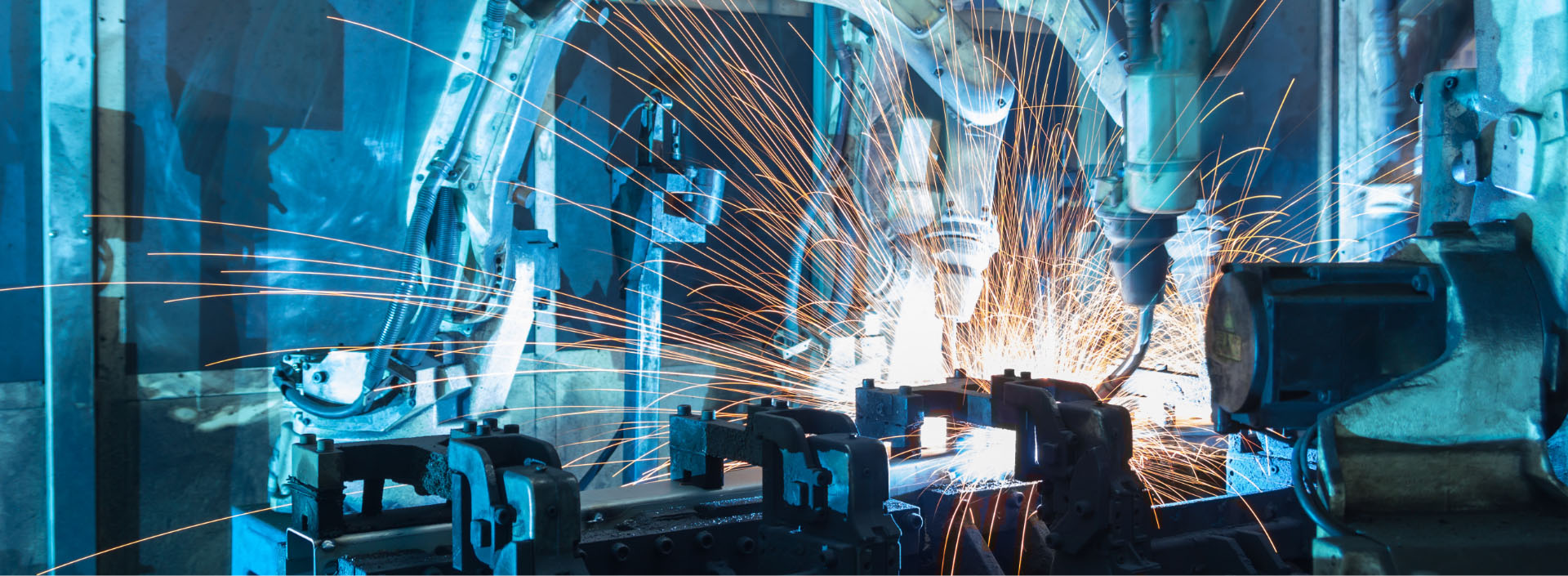Welcome to the second blog in this current series aimed at rapid de-bottlenecking of manufacturing processes disrupted by the Covid 19 landscape.
If you missed the first blog , read it here.
This week’s edition really highlights the fact that a great solution to a problem does not need to be complex or glamorous. In fact, this case in point reminds me of my Toyota days when my team found a very simple solution to a problem affecting many areas of many production plants across the world. A simple solution to a big problem won us a trip to the Toyota International Kaizen awards in Japan.
In this case, a New Zealand manufacturer of furniture had a bottleneck in its robot welding cells. To the trained eye it was obvious, but we all know how these things can easily be missed with the day to day demands on production staff. In fact, this case also highlights how basic process engineering skills and some knowledge of the theory of constraints are vital in addition to ongoing “bottom up” CI efforts.
Robot Mig Welding Cell De-Bottle-necking tips
- Establish the design standard by going back to “source” documents (design drawings). What is the design length of the weld? It’s often the case that mig weld lengths increase over time. In this bog, we won’t procrastinate why this is, it’s just something we come across a lot.
- Check the number and positioning of welds to source documents. It’s not uncommon to find additional welds have been added over time or the robot is welding in an un-necessarily difficult position.
- Robots move across numerous axis simultaneously. Poorly trained robots (perhaps through an inexperienced robot programmer) look busy but are in fact bleeding time. Take another look at the programming using your most skilled programmer, or even an external expert.
- Look at stoppage time causes. There’s a whole range of issues we see that any process engineer could fix if they were looking.
- Create new “boundary” samples. Boundary samples are widely used within Toyota welding cells. They are a physical component, signed off by engineers to show the limit of “OK” for weld length, position and quality. They are displayed at the process and are far simpler to use as a reference.
- Don’t increase weld lengths to bypass other problems (as a safety net). Fix problems at root cause.
In the case of this New Zealand manufacturer, by doing the above we achieved a 30% increase in output of products in 2 days. Simple and effective without the slow movement of generic CI activity.
Watch out for part two in this series.

